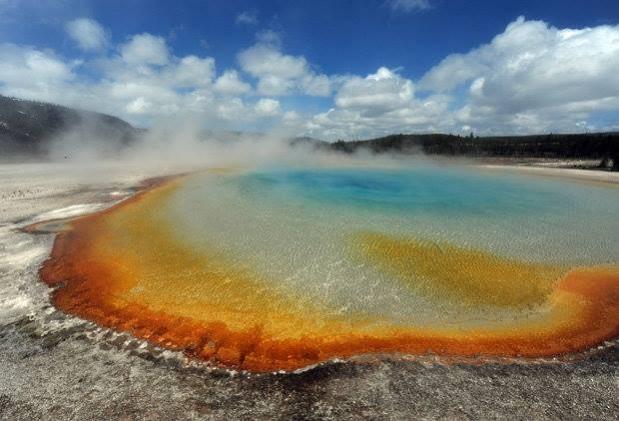The supervolcano sitting under Yellowstone National Park in the US could erupt much faster than expected, potentially wiping out life on the planet, Arizona State University researchers working around the area have said. Researchers warned about the threat of the volcano eruption after analysing minerals in the fossilised ash from Yellowstone's past.
According to National Geographic, after analysing the ancient ash, the researchers – Hannah Shamloo and Christy Till – found that the changes in temperature and composition only took a few decades. Previously, it was assumed that the process that led to the eruption of the volcano took millenniums to happen.
"We expected that there might be processes happening over thousands of years preceding the eruption," Till told the New York Times. Instead, the crystals revealed the rise in "temperature and a change in composition that occurred on a rapid time scale." This could mean that the last eruption occurred just decades "after an injection of fresh magma beneath the volcano."

"It's shocking how little time is required to take a volcanic system from being quiet and sitting there to the edge of an eruption," co-author Shamloo said.
According to National Geographic, the supervolcano last erupted around 630,000 years ago, which shook the region and created the Yellowstone caldera – a 40 miles-wide bowl that covers most of the park. Before that, the eruption occurred around 1.3 million years ago, according to ZME Science.
The volcano has the capability of ejecting 1,000 cubic kilometres of rock and ash into the air and if the eruption occurs now, then it would be devastating. The volcano eruption could cover major portions of the US in ash and even plunge Earth into a volcanic winter.
Despite the concerns, Shamloo told the New York Times that more work is required before coming up to any conclusion.













